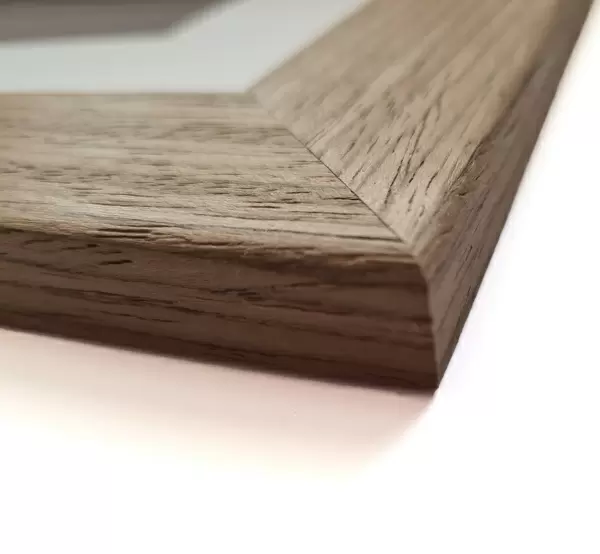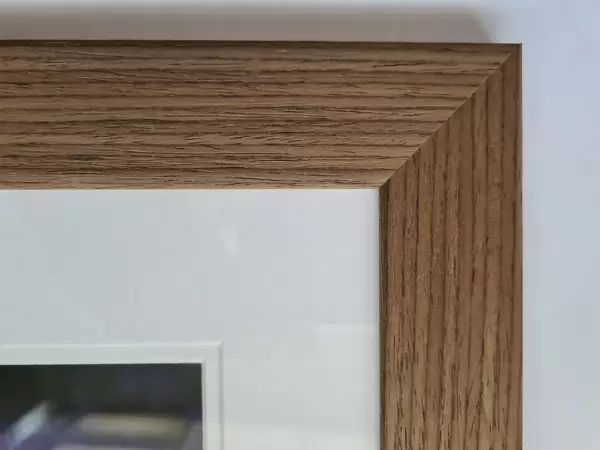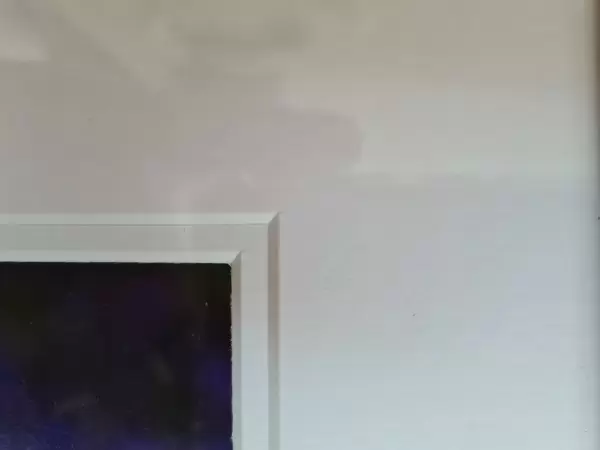Premium Framed Print : Robert Bunsen, German chemist
![]()

Framed Photos from Science Photo Library
Robert Bunsen, German chemist
Robert Wilhelm Bunsen (1811-1899), German chemist. Bunsen studied chemistry at the University of Gottingen, completing his PhD by the age of 19. In 1836 he discovered that iron oxide hydrate was an antidote to arsenic, although not before nearly killing himself with arsenic poisoning. He also created a carbon electrode to replace the expensive platinum electrode and went on to show how pure metals such as chromium and magnesium could be produced by electrolysis using nitric acid. In 1859 he joined Gustav Kirchoff to study emission spectrometry of heated elements, observing that each element emits a light of characteristic wavelength. He did not invent the gas burner that has come to be named after him, but merely improved on Faradays design
Science Photo Library features Science and Medical images including photos and illustrations
Media ID 6410866
© HUMANITIES AND SOCIAL SCIENCES LIBRARY/NEW YORK PUBLIC LIBRARY/SCIENCE PHOTO LIBRARY
Chemist Dead German Portraits Scientist Sepia Surname B Bunsen Burner Robert Bunsen Robert Wilhelm Bunsen Rubidium
17"x15" (43x38cm) Premium Frame
FSC real wood frame with double mounted 10x8 print. Double mounted with white conservation mountboard. Frame moulding comprises stained composite natural wood veneers (Finger Jointed Pine) 39mm wide by 21mm thick. Archival quality Fujifilm CA photo paper mounted onto 1mm card. Overall outside dimensions are 17x15 inches (431x381mm). Rear features Framing tape to cover staples, 50mm Hanger plate, cork bumpers. Glazed with durable thick 2mm Acrylic to provide a virtually unbreakable glass-like finish. Acrylic Glass is far safer, more flexible and much lighter than typical mineral glass. Moreover, its higher translucency makes it a perfect carrier for photo prints. Acrylic allows a little more light to penetrate the surface than conventional glass and absorbs UV rays so that the image and the picture quality doesn't suffer under direct sunlight even after many years. Easily cleaned with a damp cloth. Please note that, to prevent the paper falling through the mount window and to prevent cropping of the original artwork, the visible print may be slightly smaller to allow the paper to be securely attached to the mount without any white edging showing and to match the aspect ratio of the original artwork.
FSC Real Wood Frame and Double Mounted with White Conservation Mountboard - Professionally Made and Ready to Hang
Estimated Image Size (if not cropped) is 17.3cm x 24.4cm (6.8" x 9.6")
Estimated Product Size is 38.1cm x 43.1cm (15" x 17")
These are individually made so all sizes are approximate
Artwork printed orientated as per the preview above, with portrait (vertical) orientation to match the source image.
EDITORS COMMENTS
This sepia-toned print showcases the brilliant mind and remarkable achievements of Robert Wilhelm Bunsen, a renowned German chemist from the 19th century. Born in 1811, Bunsen's passion for chemistry led him to study at the University of Gottingen, where he earned his PhD at an astonishingly young age of 19. Bunsen's contributions to the field of chemistry are truly groundbreaking. In 1836, he made a significant discovery by finding that iron oxide hydrate could serve as an antidote to arsenic poisoning. Ironically, this revelation came after a near-death experience with arsenic himself. Additionally, Bunsen revolutionized laboratory equipment by inventing a cost-effective carbon electrode as an alternative to platinum electrodes. Collaborating with Gustav Kirchoff in 1859, Bunsen delved into emission spectrometry and observed that each element emits light with its unique wavelength signature. This breakthrough paved the way for further advancements in understanding elemental composition. Although often associated with his namesake invention – the iconic Bunsen burner – it is important to note that he did not actually invent it but rather enhanced Michael Faraday's design. Robert Wilhelm Bunsen left an indelible mark on scientific history through his meticulous research and innovative ideas. This mesmerizing portrait immortalizes his legacy as one of Germany's most influential chemists whose work continues to inspire generations of scientists worldwide.
MADE IN THE UK
Safe Shipping with 30 Day Money Back Guarantee
FREE PERSONALISATION*
We are proud to offer a range of customisation features including Personalised Captions, Color Filters and Picture Zoom Tools
SECURE PAYMENTS
We happily accept a wide range of payment options so you can pay for the things you need in the way that is most convenient for you
* Options may vary by product and licensing agreement. Zoomed Pictures can be adjusted in the Basket.








